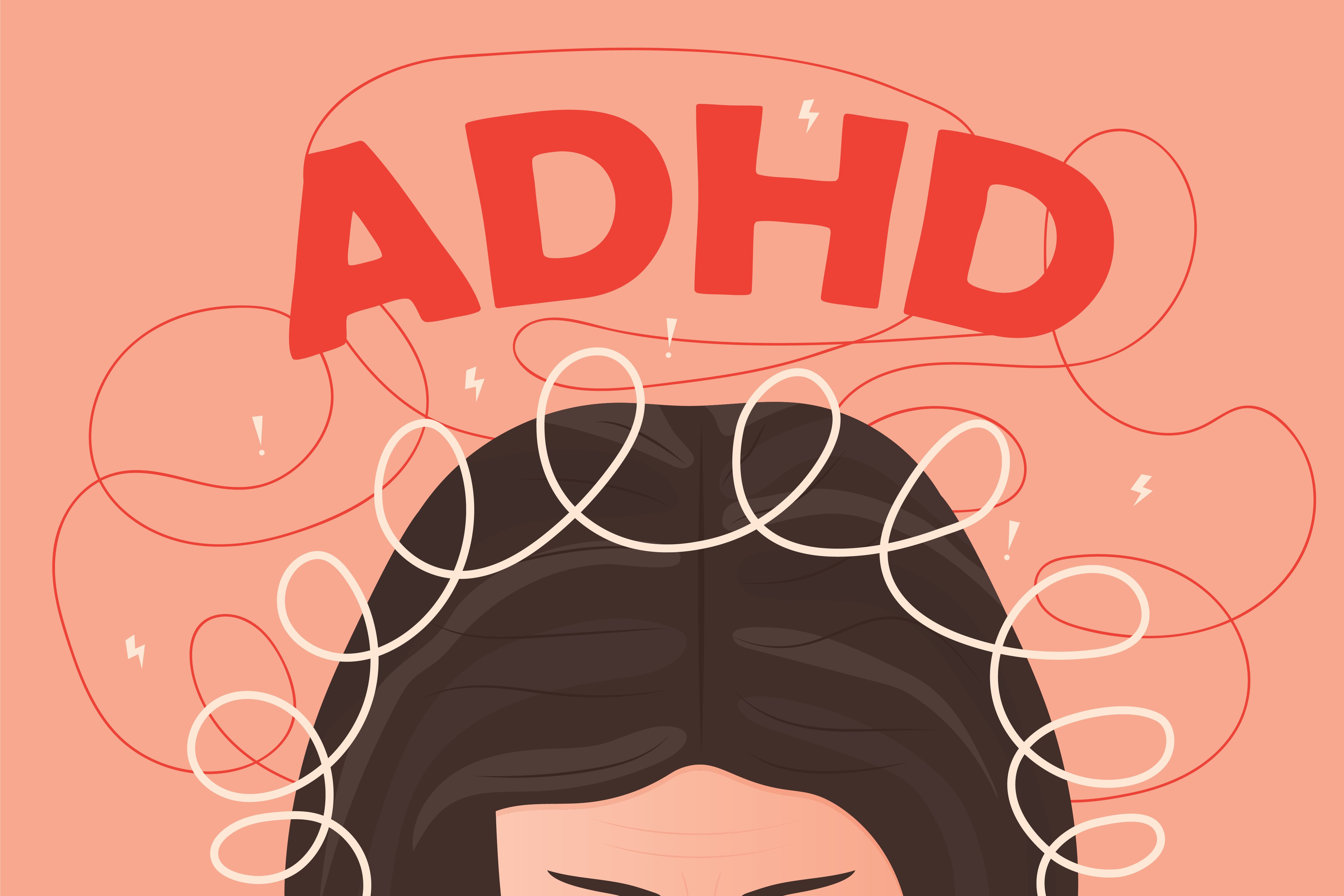Article
Value of Methylphenidate for ADHD Called Into Question
Author(s):
How strong is the foundation of current pharmacotherapy recommendations for ADHD?
[[{"type":"media","view_mode":"media_crop","fid":"50360","attributes":{"alt":"ADHD","class":"media-image media-image-right","height":"215","id":"media_crop_6933852096090","media_crop_h":"0","media_crop_image_style":"-1","media_crop_instance":"6147","media_crop_rotate":"0","media_crop_scale_h":"0","media_crop_scale_w":"0","media_crop_w":"0","media_crop_x":"0","media_crop_y":"0","style":"float: right;","title":"©QuangHo/Shutterstock","typeof":"foaf:Image","width":"200"}}]]RESEARCH UPDATE
A wealth of guidelines, including those from the National Institute for Health and Care Excellence1 and the American Academy of Pediatrics,2 recommend methylphenidate therapy for children and adolescents with ADHD, but how strong is the evidence for this recommendation? A recent Clinical Evidence Synopsis in JAMA calls into question the value of methylphenidate therapy for ADHD.3
The synopsis summarizes a Cochrane review published late last year.4 The review itself, which analyzed 38 parallel-group trials (5111 randomized participants) and 147 cross-over trials (7134 randomized participants), concluded that methylphenidate therapy was associated with improved teacher-rated ADHD symptoms (based on 19 trials that included 1698 participants), teacher-rated general behavior (based on 5 trials that included 668 participants), and parent-reported quality of life (based on 3 trials that included 514 participants).
There was no evidence that methylphenidate was associated with an increase in serious adverse events (AEs) (risk ratio [RR], 0.98; 95% confidence interval [CI], 0.44 - 2.22; based on 9 trials that included 1532 participants, with the caveat that the findings lacked statistical power because of the paucity of studies that examined this association).
There was no evidence that methylphenidate was associated with an increase in serious adverse events, but questions remain.
As for nonserious AEs, the risk was 29% higher in patients who received methylphenidate than in controls (RR, 1.29; 95% CI, 1.10 - 1.51; based on 21 trials that included 3132 participants). The most frequent nonserious AEs were sleep problems and decreased appetite.
Here’s the rub. The meta-analysis used Trial Sequential Analyses to control for type I and II errors and assessed and downgraded evidence for high risk of bias, imprecision, indirectness, heterogeneity, and publication bias according to the Grades of Recommendation, Assessment, Development and Evaluation. It was found that all 185 trials included in the meta-analysis were at high risk for bias and that evidence was generally weak.
“The results of the meta-analyses suggest that methylphenidate may improve teacher-reported ADHD symptoms, teacher-reported general behaviour, and parent-reported quality of life among children and adolescents diagnosed with ADHD.
However, the low quality of the underpinning evidence means that we cannot be certain of the magnitude of the effects,”4 the authors of the Cochrane review concluded. They ultimately suggested consideration of nocebo-controlled trials to better evaluate AEs and large randomized controlled trials of nonpharmacological treatments.
The authors of the Clinical Evidence Synopsis, who were among the coauthors of the Cochrane review, stated that the meta-analysis was limited by the outcome reporting bias, heterogeneity, and low quality of evidence of the trials included in the meta-analysis.
They reiterated that conclusions regarding safety lacked statistical power. They also disclosed that the median duration of pharmacotherapy in the trials included in the meta-analysis was less than 2 months; few trials had a treatment duration that exceeded 6 months.
“The findings from our review suggest that the recommendations in [the] guidelines should be reevaluated,”3 the authors concluded. They again called for randomized active-placebo (nocebo)–controlled clinical trials, which they suggested should first be conducted in adults rather than in children for ethical reasons. They also stressed the importance of conducting trials with longer follow-up.
References:
1. National Institute for Health and Care Excellence. Attention deficit hyperactivity disorder: diagnosis and management. https://www.nice.org.uk/guidance/cg72/chapter/recommendations. Published September 2008. Updated February 2016. Accessed May 22, 2016.
2. Wolraich M, Brown L, Brown RT, et al. ADHD: Clinical practice guideline for the diagnosis, evaluation, and treatment of attention-deficit/hyperactivity disorder in children and adolescents. Pediatrics. 2011;128:1007-1022.
3. Storebø OJ, Simonsen E, Gluud C. Methylphenidate for attention-deficit/hyperactivity disorder in children and adolescents. JAMA. 2016;315:2009-2010.
4. Storebø OJ, Ramstad E, Krogh HB, et al. Methylphenidate for children and adolescents with attention deficit hyperactivity disorder (ADHD). Cochrane Database Syst Rev. 2015 Nov 25;11:CD009885.






